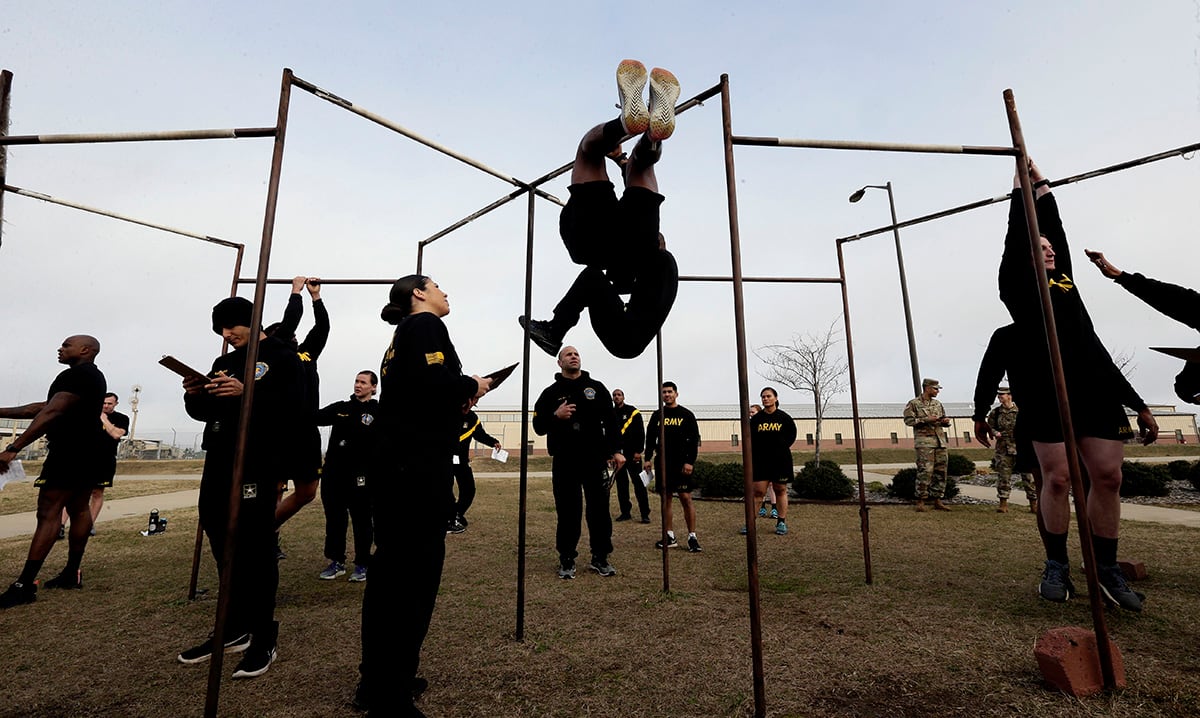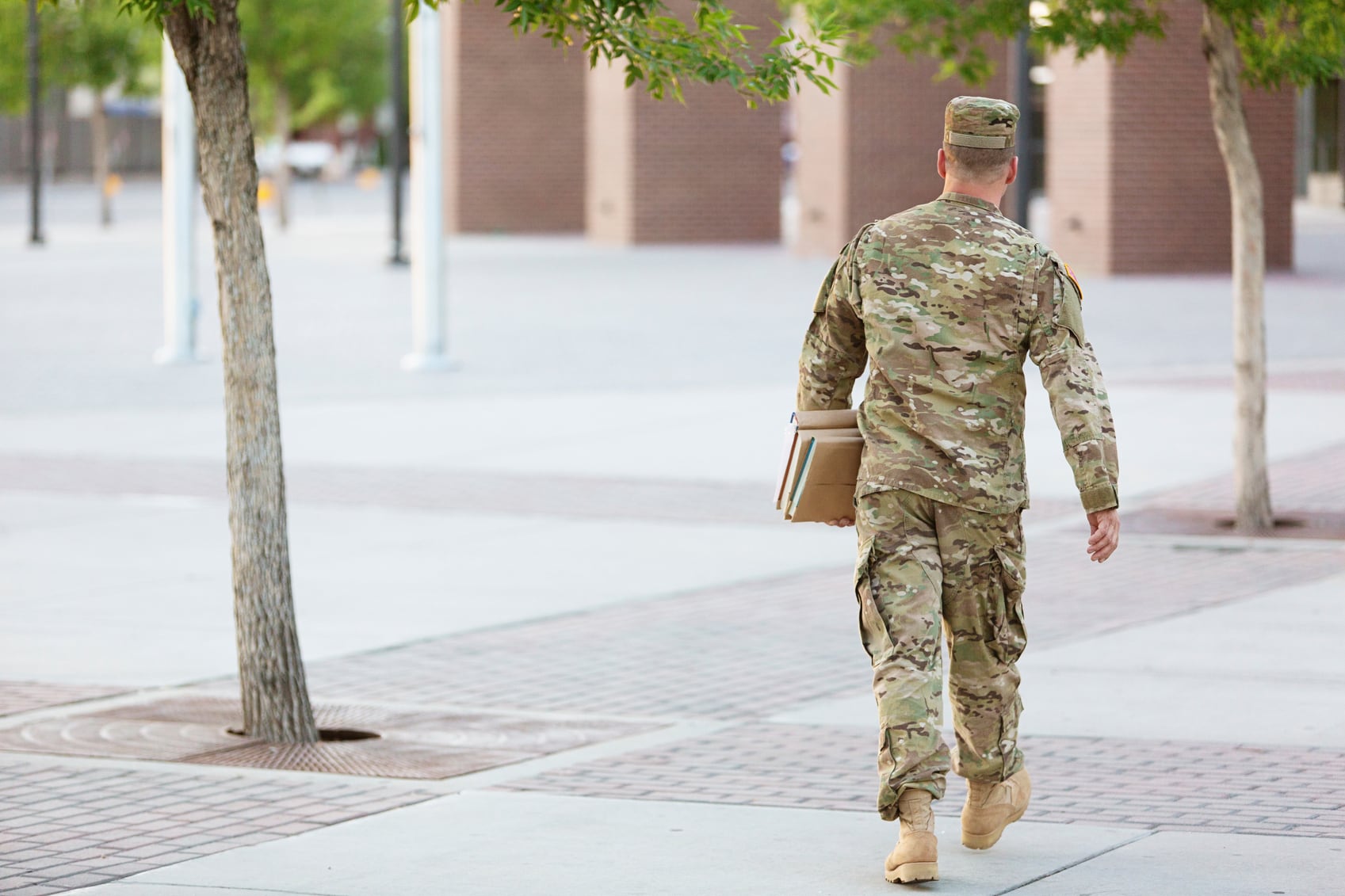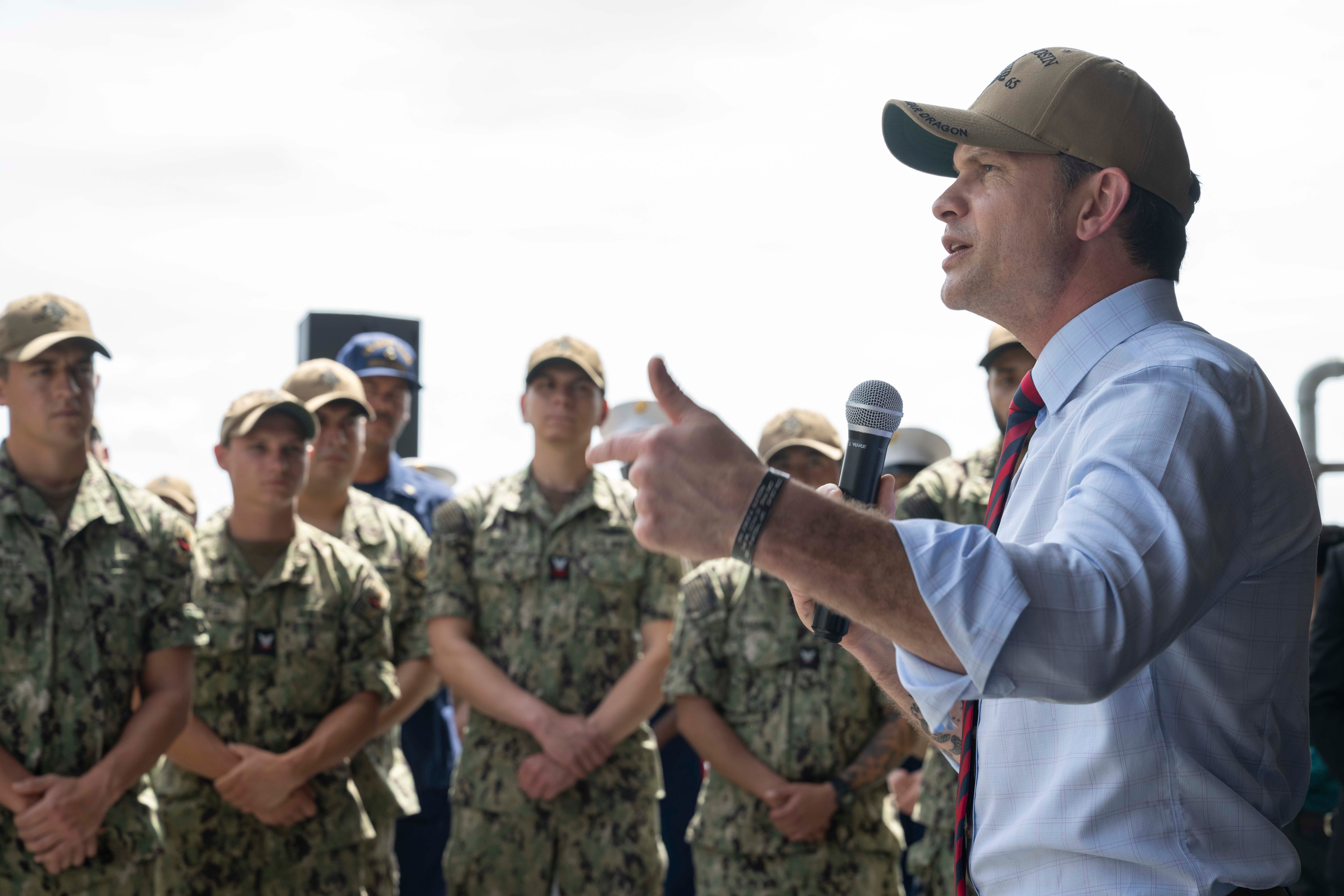The six-event Army Combat Fitness Test is rolling out service-wide this year, as gear deliveries begin next month, but a few events stand out for new recruits already taking the test at basic training.
Early numbers show the two test events that require the most training are the leg tuck and standing power throw, according to Lt. Col. Peggy Kageleiry, public affairs director for the Center for Initial Military Training.
From the first week of basic combat training to advanced individual training, men went on average from five to seven leg tucks. Women went from less than half a full repetition of a leg tuck to a full leg tuck, according to CIMT data told to Army Times.
One leg tuck is required to meet the minimum requirements for “moderate” Army jobs like drone operator and intelligence analyst. Five leg tucks are required for “heavy” jobs like infantryman and armor crewman, according to the fiscal 2020 standards sheet.
“All soldiers who have not trained, who have not practiced specific exercises to develop core strength and minimal upper body strength, will have challenges initially,” Kageleiry said in a written statement. “However, in early analysis of the pilot, BCT trainees made significant progress."
“After training and a few months of practice, we expect them to be much improved,” she added. “We are seeing significant gains in as little as 8-10 weeks of training.”
The leg tuck, in which a soldier hangs from a bar with an alternating grip and brings legs to chest, is designed to assess the strength of a soldier’s grip, arm, shoulder and trunk muscles. Those are key to avoiding back injuries when carrying heavy loads.
The throw, in which a soldier hurls a 10-pound medicine ball backward and overhead for distance, represents tasks that require quick physical action to move gear or troops in combat.
Right now, a trainee must pass the ACFT to graduate from basic, with one event waived to 50 points, Army Training Center spokesman Michael B. Pond previously told Army Times.
“We are still collecting data, and the sample size is too small to gain any significant insights,” Pond, who works at Fort Jackson, said in early November. “With over 40,000 Trainees graduating into Soldiers at Fort Jackson every year, we’ll need 6-9 months to really see the impact. And all the Battalions transition from familiarization to the test of record after January.”
RELATED
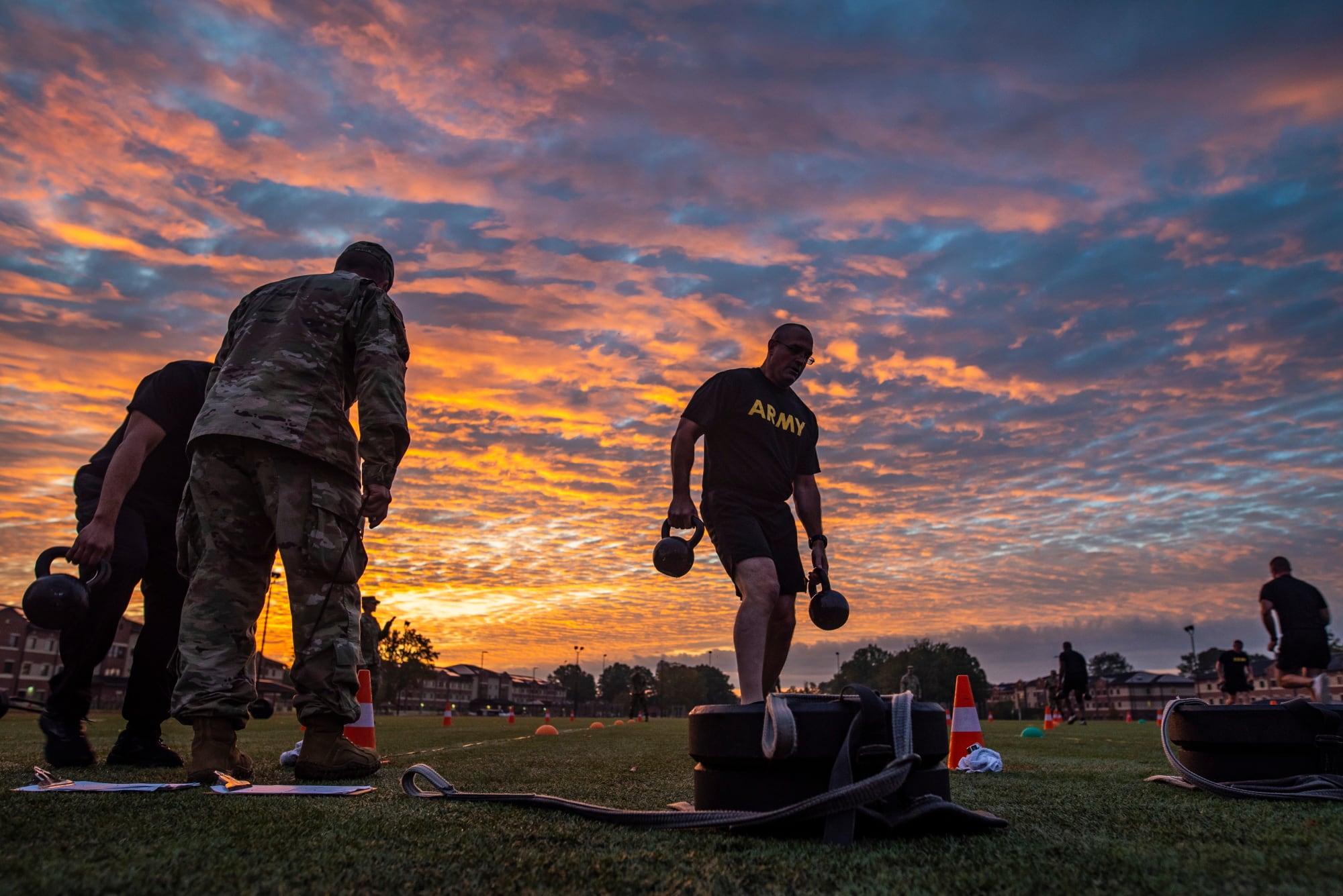
January is also when gear deliveries will start. And the Army is on track to begin receiving equipment, Kageleiry said.
The equipping contract calls for deliveries to start in January and continue through May for both U.S.-based and overseas units. Gear will be fielded to all three Army components simultaneously.
But while Army leaders are optimistic about the new ACFT, some soldiers have had trouble.
Early results from a document posted on social media this September showed a roughly 70 percent pass rate for men and an 84 percent failure rate for women, with many of the failures attributed to the leg tuck event. The slides documented testing conducted by only 11 of the 63 battalions that went through a trial phase this past year.
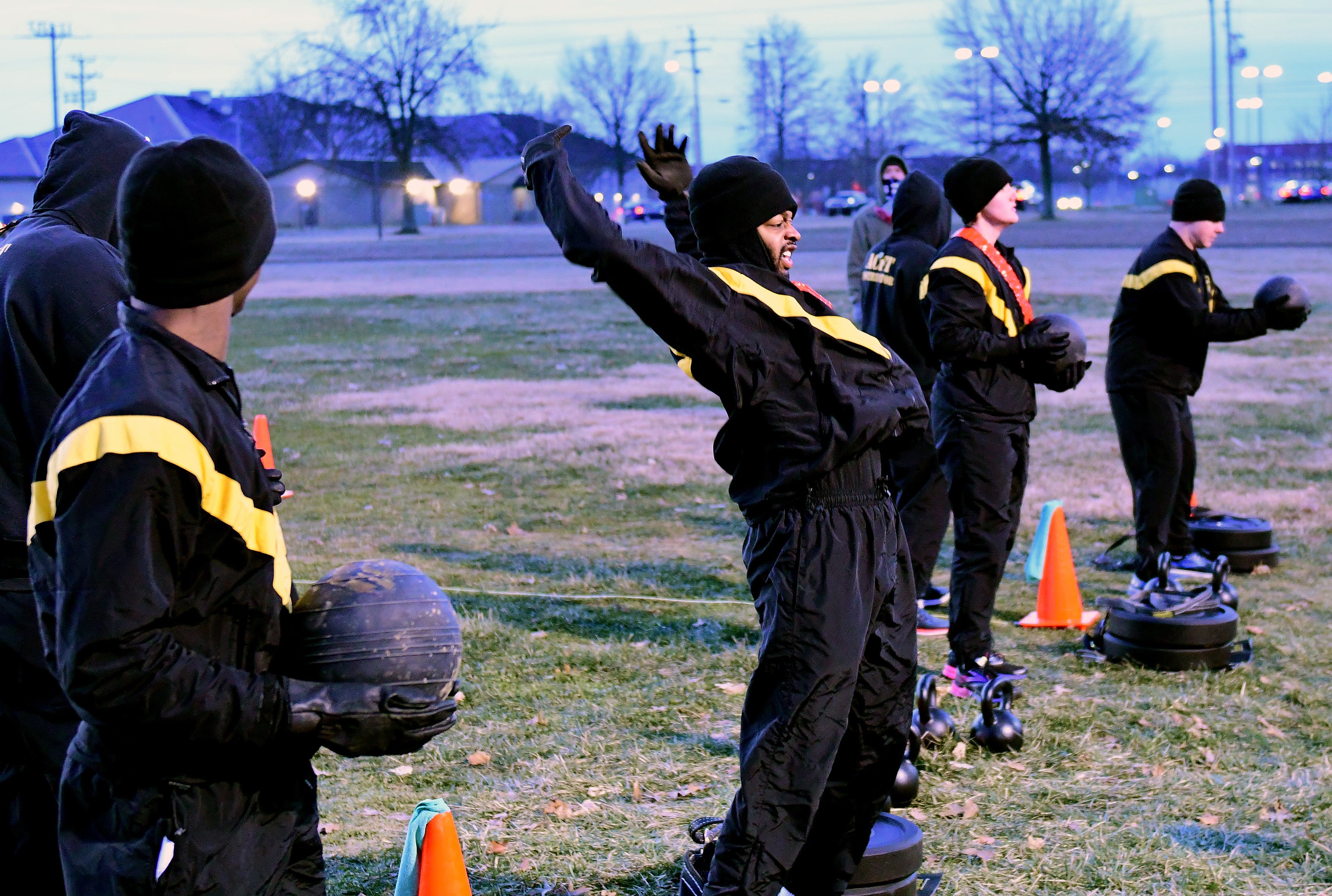
But CIMT officials caution it’s too early to draw any conclusions from such a small sample.
“That was a snapshot from those units,” CIMT commander Maj. Gen. Lonnie G. Hibbard told Army Times in September.
“I cautioned the Army senior leaders when I did a brief with the vice three weeks ago because when we start aggregating the data, people are going to make conclusions," Hibbard added. "The problem is, most of the time, when they did the diagnostic test, this is the first time they’ve ever done it.”
A lot of units hadn’t trained for the ACFT prior to their first practice test, he warned. Most of the time, units were briefed on the exercises involved and then they scheduled the test.
Over the course of the next year, all soldiers in the active-duty Army will take two ACFT diagnostic tests, while soldiers in the Guard and Reserve components will take one diagnostic test.
Starting in October 2020, one year from now, the ACFT will become the Army fitness test of record.
Kyle Rempfer was an editor and reporter who has covered combat operations, criminal cases, foreign military assistance and training accidents. Before entering journalism, Kyle served in U.S. Air Force Special Tactics and deployed in 2014 to Paktika Province, Afghanistan, and Baghdad, Iraq.
